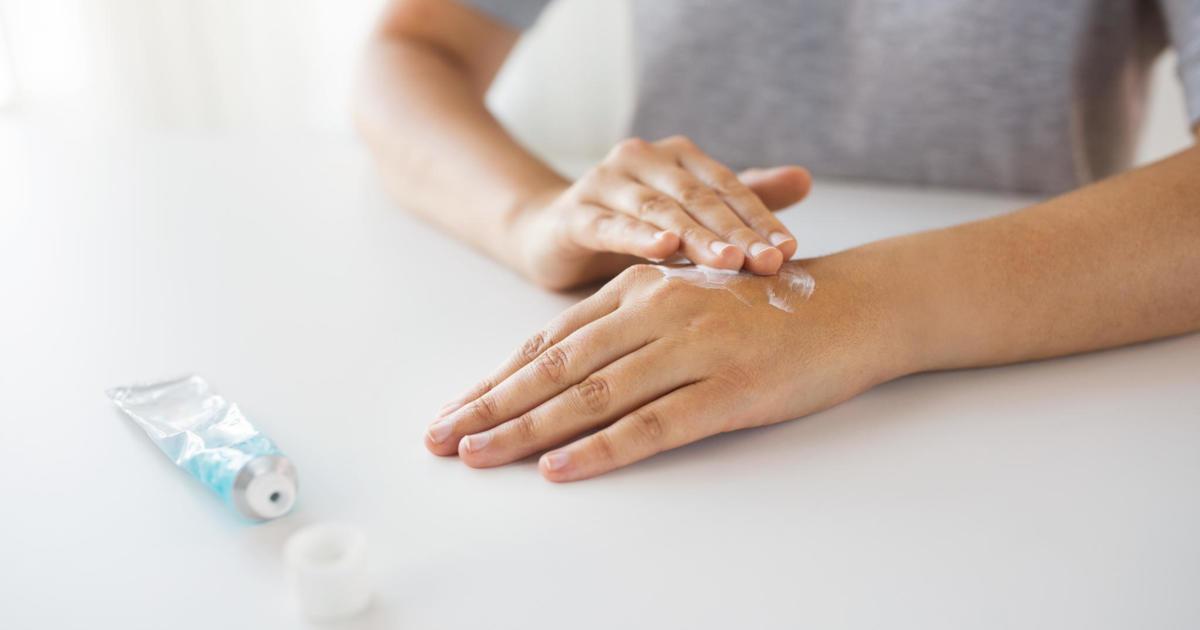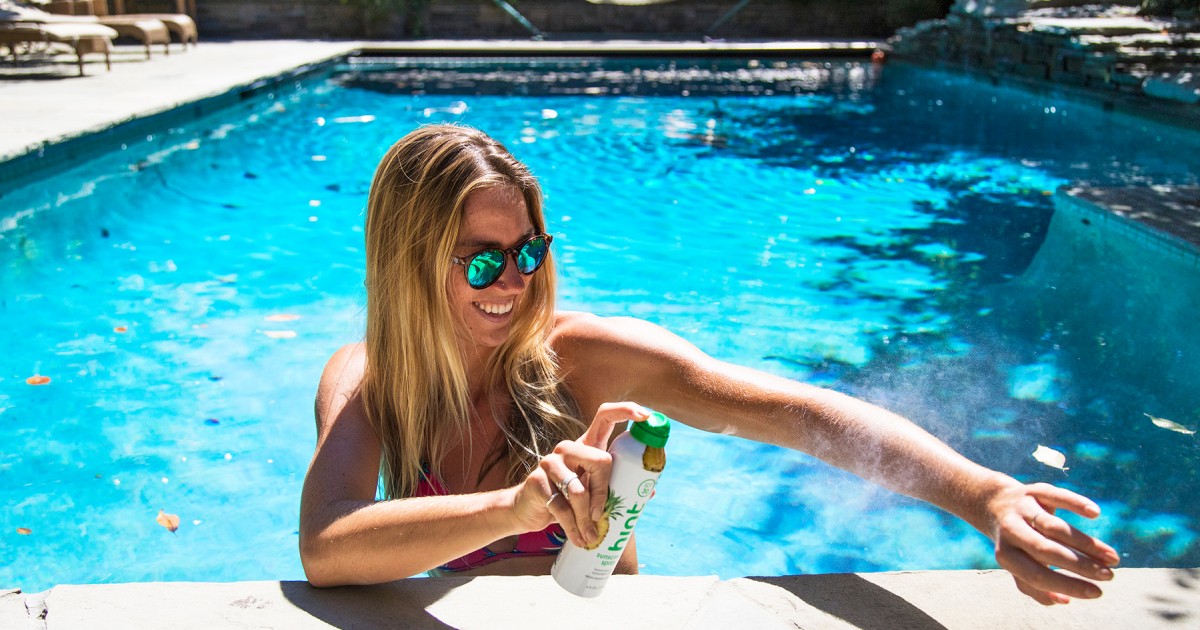Remedies For Tinea Versicolor
Tinea versicolor is a medical condition that causes individuals to develop patches of discolored skin. The patches on a person's skin are irregularly shaped, and they can be either lighter or darker than surrounding skin. Some patients just get small spots of discolored skin while others may have splotches several inches wide. The underlying cause of tinea versicolor is yeast overgrowths. All individuals have small amounts of yeast and other microorganisms growing on their skin, but if something causes imbalances, the yeast may begin to multiply at rapid rates. Though it can make some feel self-conscious, tinea versicolor is not painful or contagious, and it is fairly easy to treat. Here are a few of the most common treatment methods for this condition.
Oral Antifungal Medication

Patients with tinea versicolor that is not responding to the mild antifungal creams they can buy over-the-counter, they may need to speak to a doctor about switching to oral medication. Oral antifungal medication can be quite convenient because they do not have to carefully spread it over the affected skin, so it is useful if tinea versicolor is on the back or another hard to reach spot. The most commonly prescribed types of oral antifungal are either fluconazole or itraconazole. Another option is ketoconazole. This unusual antifungal requires patients to work up a sweat through exercise or a hot environment after taking the medication. The sweat then delivers the antifungal to the skin. Patients need to avoid showering for several hours following the treatment. Oral antifungal medication is so strong that it is not recommended for long term use because it may cause temporary liver damage. Some individuals also report feeling queasy or having stomach discomfort after they take the medication.
Reveal the next method of treating tinea versicolor now.
Antifungal Ointment

This tends to be the most basic tinea versicolor treatment and thus is tried before most other options. It involves an ointment, cream, or lotion applied to the affected area. The cream contains an antifungal ingredient, such as ketoconazole, terbinafine, miconazole, or clotrimazole, and this ingredient will kill the fungal overgrowth on the skin. Antifungal ointments are available as both prescription and over-the-counter medications. Patients can start by purchasing an over-the-counter option with a milder concentration of antifungal ingredients, but if the condition does not improve after four weeks, they should visit a doctor. At a doctor's office, they can get a stronger version of antifungal cream. The precise instructions vary depending on which option they receive, but typically it's applied to the skin and left on for somewhere between four to twelve hours. Patients should read the usage recommendations on the product to see the best way to use it.
Learn more about treating tinea versicolor now.
Protect Skin From The Sun

This tip helps keep tinea versicolor from spreading, and can minimize the damage the infection does. Sun is a problem because the ultraviolet rays cause the yeast living on the skin to branch out and spread at a more rapid rate. Another issue with sun exposure is it makes the effects of tinea versicolor more obvious. When skin is tanned by the sun, the lighter patches of tinea versicolor stand out more. To prevent these issues from happening, patients need to protect skin from the sun. Look for sunscreens with a sun protection factor of at least thirty, and be sure to reapply every hour or so. Applying a strong sunscreen can be helpful, but it is even better if patients stay out of the sun entirely. When they do go outdoors, they should wear clothes with strong UV resistance.
Continue reading to discover more tinea versicolor treatments.
Wear Breathable Clothing

While waiting for the antifungal medication to work, patients should do what they can to inhibit the fungus growth. Fungi tend to flourish in warm, damp environments, which is why tinea versicolor often appears on the areas of the body where sweat collects throughout the day. Therefore, it is fairly important to pay attention to clothing. Look for loose and breathable items. Good options include natural fibers like linen or cotton that let plenty of air reach the skin. Avoid tight and constricting clothing made from synthetics that do not wick moisture away. The decision to wear breathable clothing alone will not be enough to cure the tinea versicolor, but it can help it to heal quicker. By creating a cool, dry environment that is not ideal for fungal growth, patients can avoid encouraging tinea versicolor to spread.
Get the details on the next remedy for tinea versicolor.
Use Antifungal Shampoo

If tinea versicolor is present on the scalp, traditional antifungal creams may not be able to penetrate beneath the hair and manage this sensitive area. In these situations, patients should look for an antifungal shampoo. Ones designed for dandruff can work decently, but for best results, they should look for one labeled specifically as an antifungal. Interestingly, some individuals find it helpful to use antifungal shampoo in the place of lotions or creams and just rub the shampoo on other parts of their bodies. The general method for using shampoo as a tinea versicolor treatment is to smooth on a layer over the area, wait ten minutes, and then rinse it off. This has the benefit of being cheaper as well as available without a prescription. However, since it cannot be left on the skin as long as ointments, patients may notice it takes a little longer to work. If a patient still has tinea versicolor after a few weeks, they may want to switch to another treatment method.
